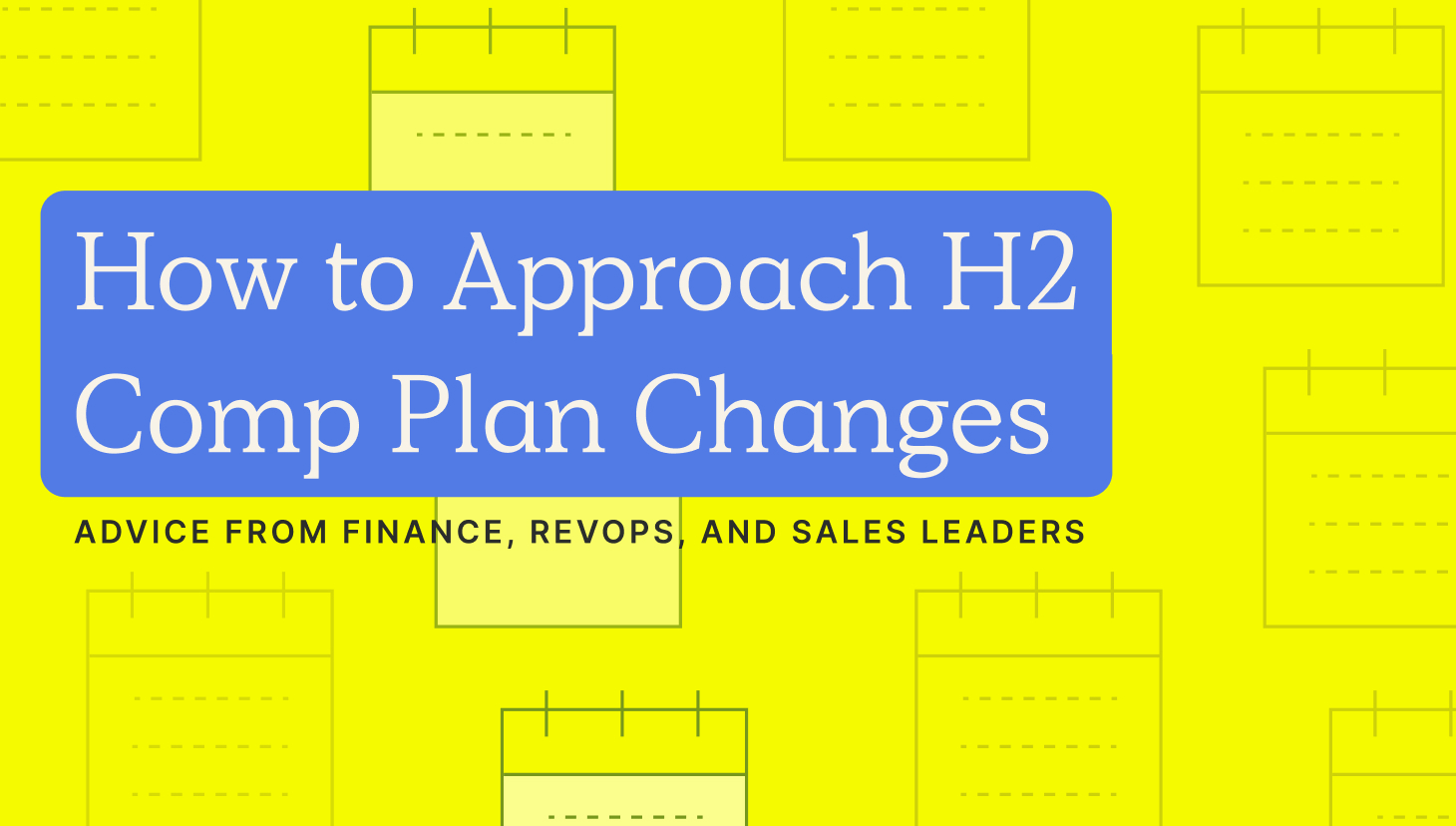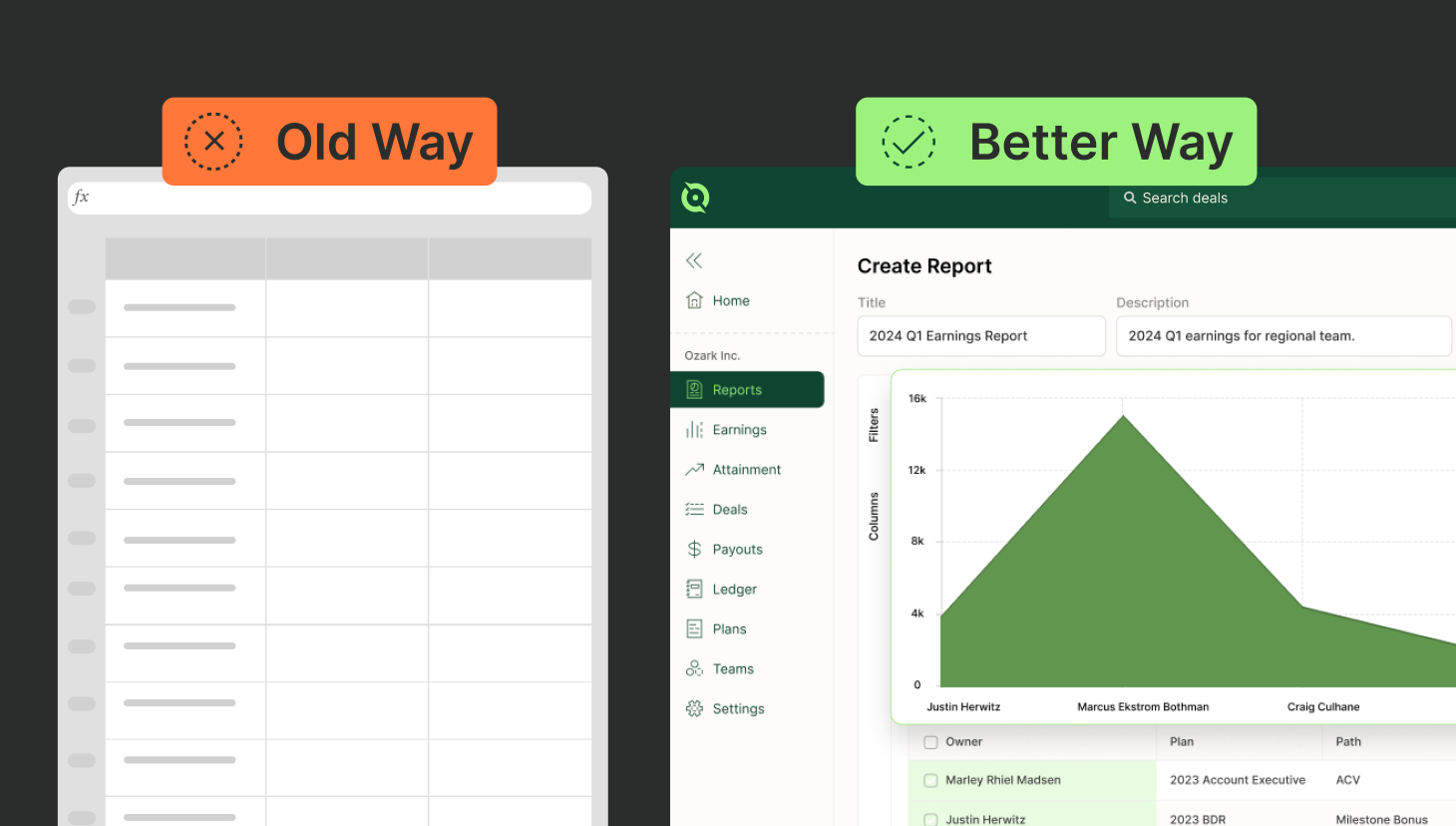This is a guest post by RevOpsCharlie. Charlie Cowan partners with CEOs and revenue leaders to accelerate profitable and scalable growth by aligning Marketing, Sales, and Customer Success.
Revenue Operations is still a new function. As with any new term, whether that is cryptocurrency or ChatGPT, the early definitions are hard to change.
In my experience, RevOps has been seen as an internally focused role.
Important. Strategic even. But internally focused.
When I speak to revenue leaders I’ll often hear:
“Oh, I have a fantastic RevOps girl. She manages our Hubspot.”
“We have an amazing RevOps guy — he produces our forecast reports.”
It’s understandable as many RevOps teams have evolved from SalesOps teams while hopefully incorporating MarketingOps and CustomerOps.
But these original teams only tend to focus internally on:
- Systems
- Data
- Processes
That means a real opportunity exists for Revenue Operations to play a more strategic role by aligning Marketing, Sales, and Customer Success functions into a single revenue engine.
Try the most collaborative solution to manage, track and payout variable compensation. Calculate commissions and pay your team accurately, and on time.
Start TrialStrategic Revenue Operations
In the recently published “Revenue Operations” by Stephen Diorio and Chris Hummel, the authors describe two distinct components that make a successful RevOps model:
- Revenue Operations Management System
- Revenue Operations Operating System
The Operating System is what most often comes to mind with the role of RevOps, like systems, data, processes, content, and enablement.
But the Management System is a C-Level discussion.

It asks questions such as:
- How do we structure our senior leadership?
- What do we sell, to whom, and via what channels?
- How do we price our products and services?
You likely have heard these topics referred to as “Growth” or “Go-To-Market” (GTM) strategies, but they really fit under the definition of strategic Revenue Operations.
How does the RevOps team elevate the conversation to be more strategic?
When leaders put their roles and responsibilities into a box, it can be a challenge to get out of it.
For instance, if your senior executives only think of you as the HubSpot administration, your thoughts on product-led growth versus sales-led motions might go unanswered.
To help, let me introduce you to the Revenue Acceleration Flywheel which will help your discussions.

The flywheel is split into two halves.
The top half is where you can step into the strategic conversation. It describes the buyer’s experience from when they initially find out about your company, through their buying experience, onto onboarding and adoption, and onwards to upsell and renewal.
Meanwhile, the bottom half, what leaders typically think of when it comes to RevOps, describes the internal aspects of your revenue engine: the systems, the data, the people, the processes, and forecasting.
RevOps, sales leaders, and finance teams use our free tool to ensure reps’ on-target earnings and quotas line up with industry standards. Customize plans with accelerators, bonuses, and more, by adjusting 9 variables.
Build a Comp Plan“Get out of the office”
In the startup world, there is a mantra, “get out of the office”.
The saying encourages people to get out of the office and speak to real customers instead of sitting in the office (or at home) developing more features.
Strategic Revenue Operations follow the same mantra.
Get out of the office. Don’t keep looking internally at your systems, processes, and data.
Instead, get in front of customers and ask them how they do things today. What problems are they facing? How do they learn from their peers? How do they educate themselves on possible solutions?
Here are the steps you can follow as you travel around the top half of the flywheel:
Step 1. Conduct a buyer experience audit where you impersonate your ideal buyer. What do you find? What do you learn? Does this encourage you to learn more about the company?
Step 2. Speak to actual customers (and those that closed lost) to understand their buying experience and why they made the decisions they did. Don’t just survey them. Go and see them, see the world from their eyes, and look in on your content, your sales teams, your business case tools, and your contracts with an external view.
Step 3. Speak to your partners. How do they integrate your products into their own? Do they create content and messaging around your own products beyond a basic partner listing? Who else do they work with? What do they do well that you can emulate?
Step 4. Take what you have learned and create recommendations for changes to your GTM model. Based on what you heard would you recommend different channels, different sales content, different analyst relationships, or contract terms?
Step 5. Present your prioritized recommendations to senior leaders in a forum outside of your normal RevOps meetings.
Your recommendations will carry a strategic value that will position you as a peer to the CRO — not the Hubspot lady.
To have Charlie help kick off your buyer experience audit, learn more here.



